
Regional Strategic Operational Plan and Flagship Initiatives
Vision
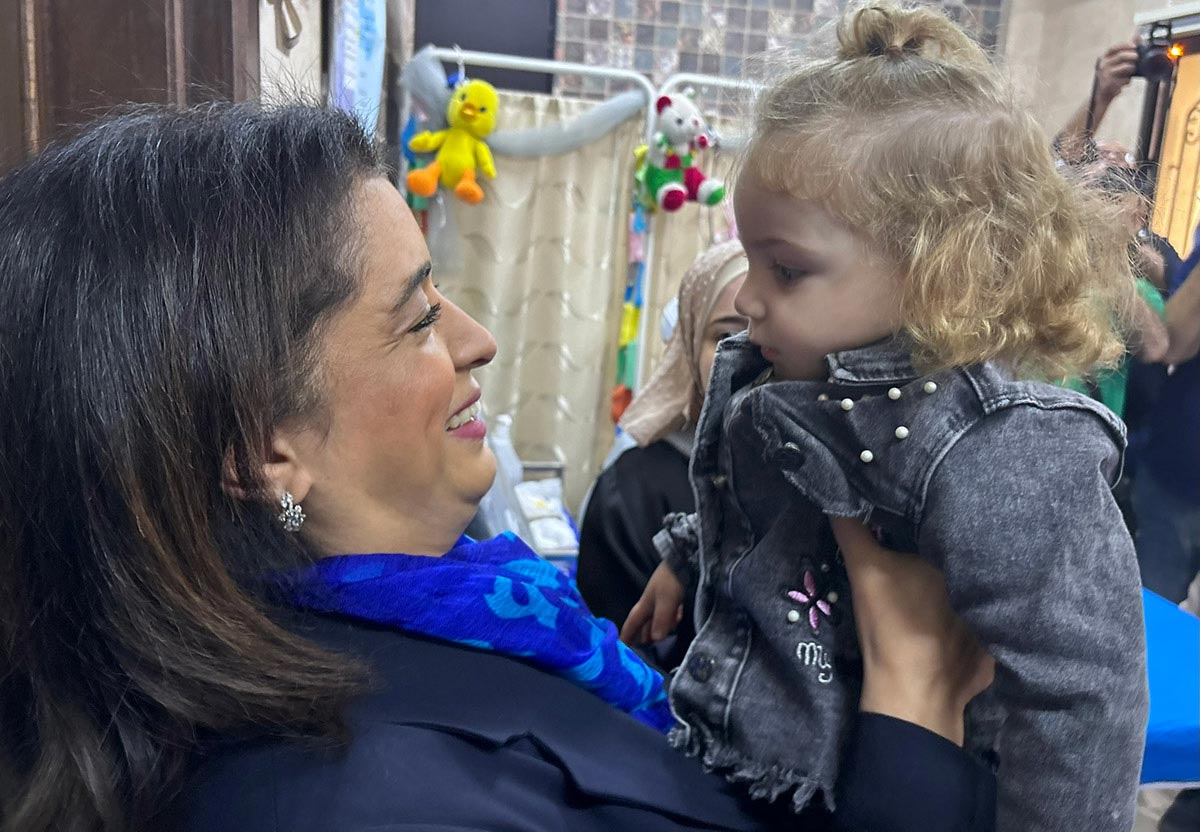
For our people to be protected from preventable health risks and enabled to lead the healthiest lives possible.
Mission
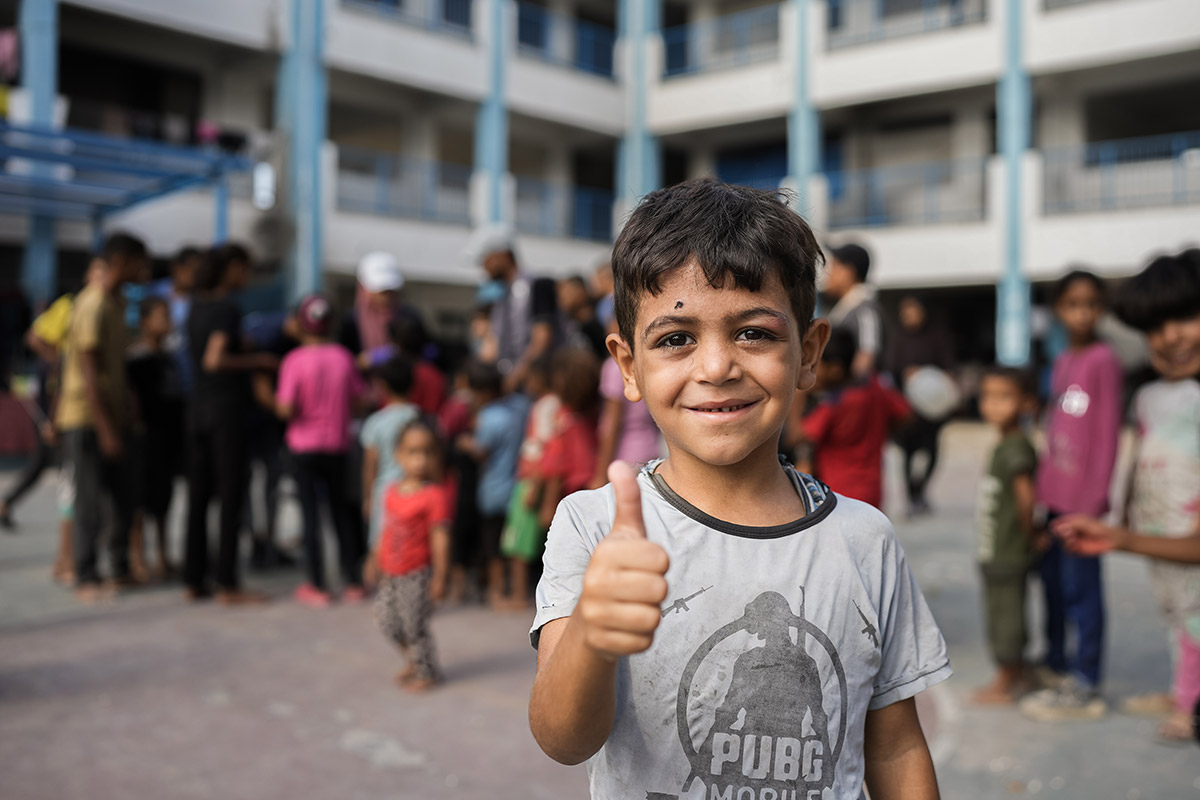
To strengthen national capacities to provide better public health and clinical services for all our people, supported by a WHO that is more fit for purpose to serve them in our Region.
WHO’s Strategic Operational Plan for the Eastern Mediterranean Region, 2025–2028 adapts the Organization’s 14th Global Programme of Work (GPW 14) to the regional context. It was prepared through a broad consultative process involving Member States, UN agencies, international health and development agencies, academia, donors and nongovernmental organizations, and builds on strengths and lessons learned from a regional review of progress made in the last five years.
The plan is based on priorities identified by Member States of the Region. There is a strong focus on increasing investment in health and leaving no one behind, while clear actions and monitoring mechanisms are specified for both WHO and Member States to ensure strong mutual accountability.
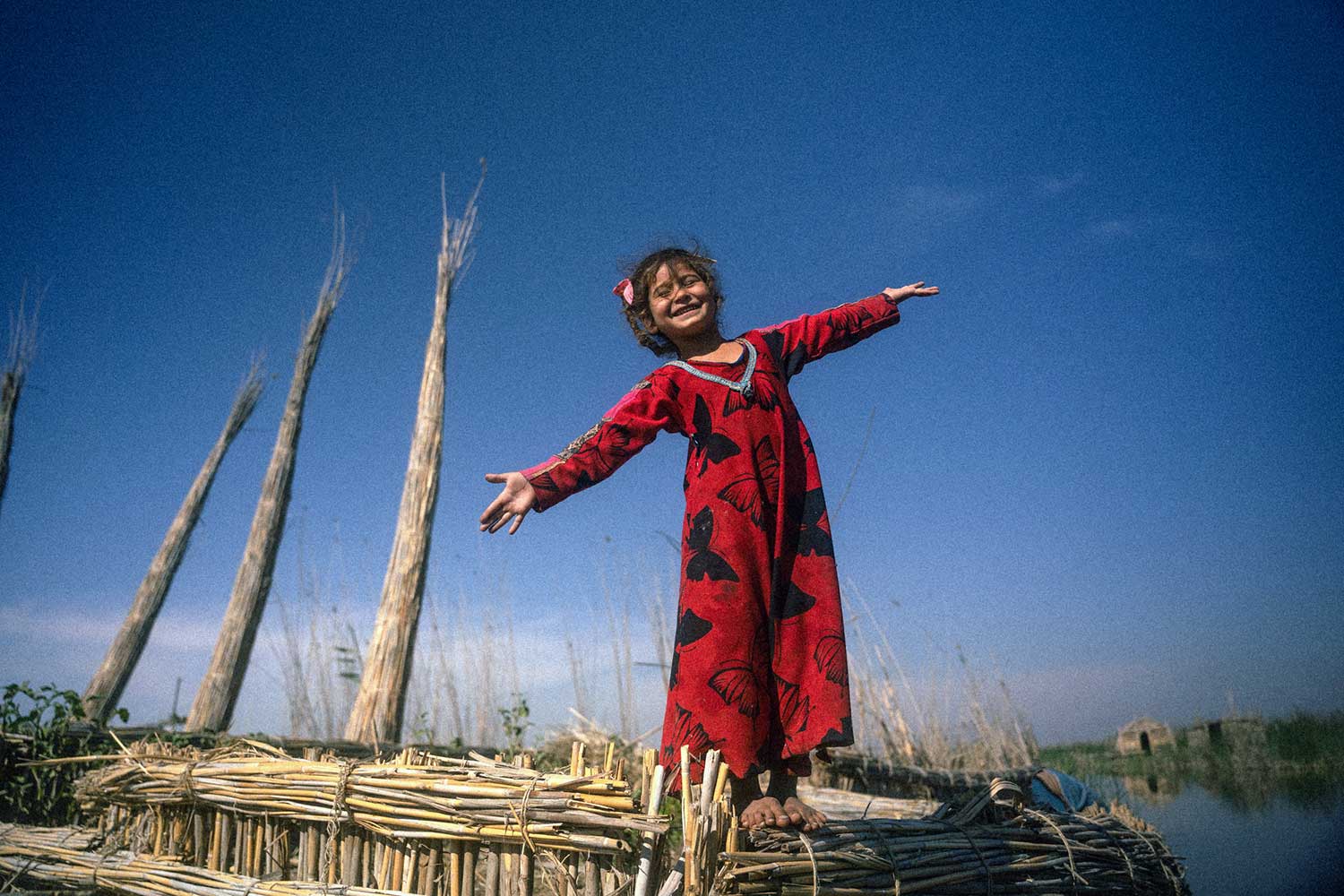
Priorities
The plan focuses on six regional priorities. Five are taken from GPW 14: three technical pillars – Promote, Provide and Protect – plus two enabling pillars, Power and Perform. Polio has been added as a sixth priority, as the Eastern Mediterranean is the only region where it remains endemic. For each regional priority, the strategic operational plan highlights areas of focus and specifies high-level interventions. These interventions require a differentiated approach based on country priorities and working collaboratively across the three levels of the Organization to support countries as One WHO. WHO has identified innovative solutions and new modalities of work including the three Flagship Initiatives.
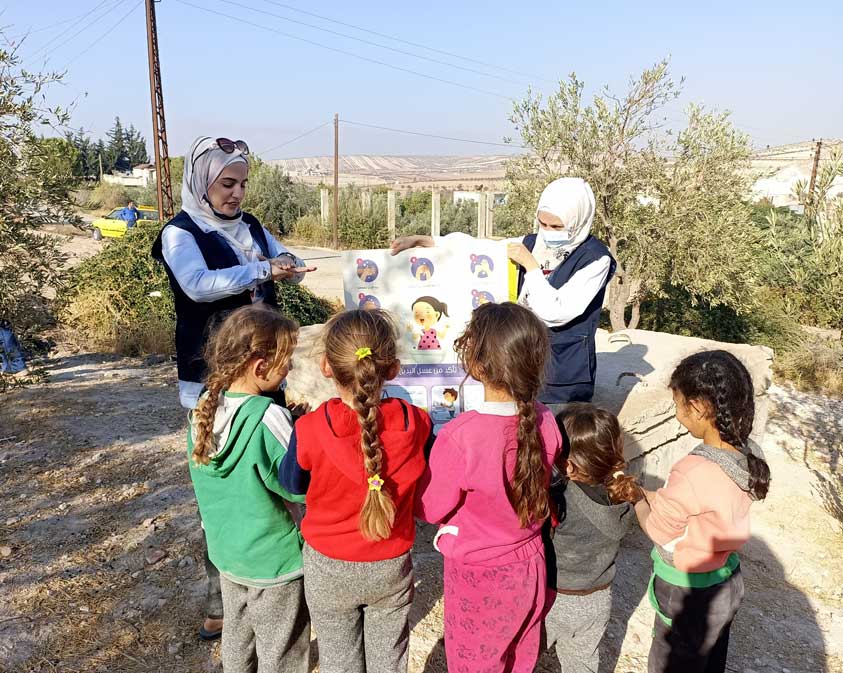

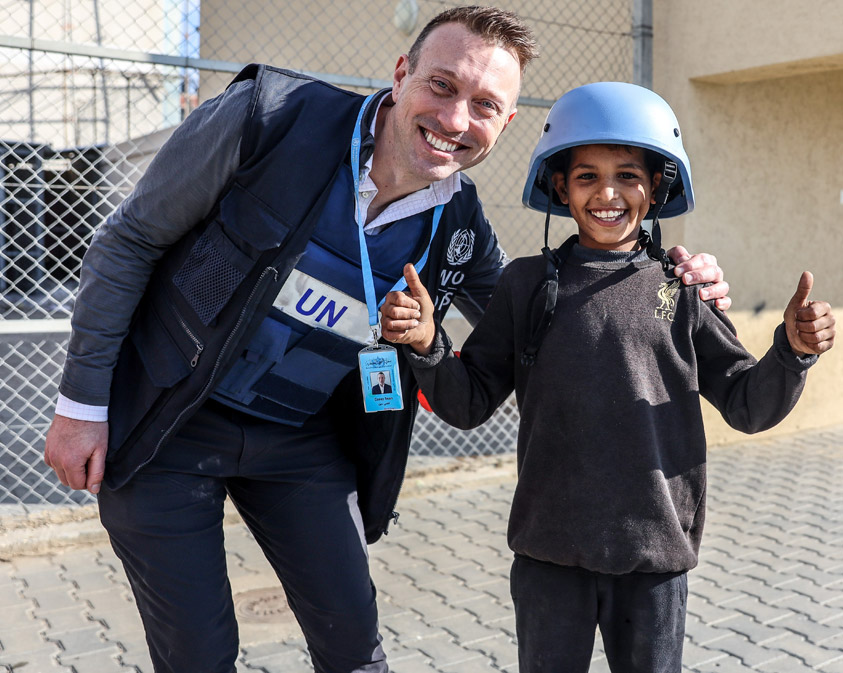

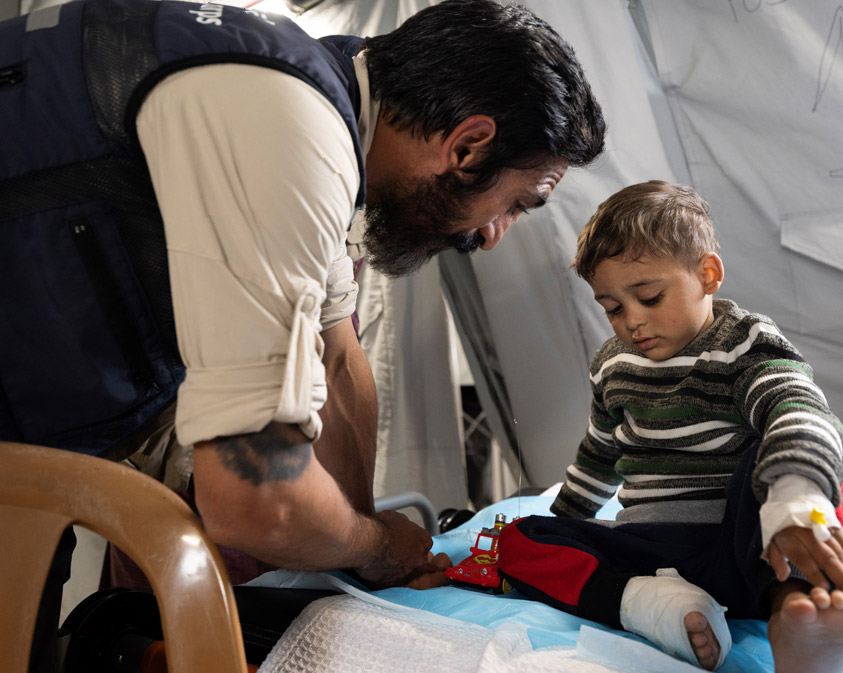
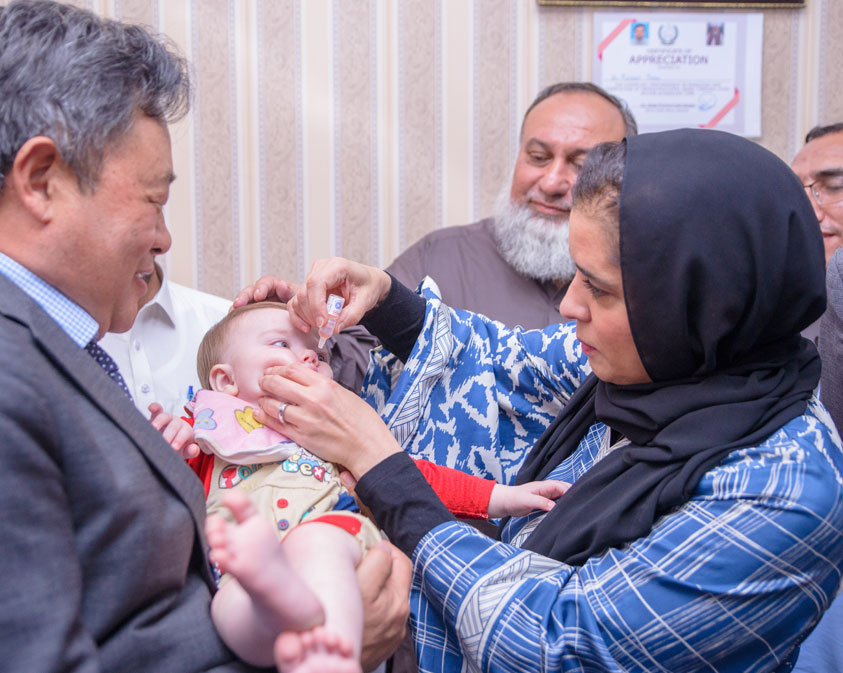
The plan is designed to improve cooperation, reduce fragmentation and ensure effective partnership. We also aim to strengthen the use of evidence, information, science and technology to advocate for increased investment in health, strengthen intersectoral collaboration to address risks and determinants and improve governance support for health. Achievements on the high-level interventions can make a significant difference across all the health-related SDGs. Their success goes beyond health and can have dramatic impact on economies.
The plan includes a strong accountability framework including 77 outcome and 107 output indicators that clearly measure the results of our work. As well as eradicating polio in the next four years, we hope to promote health and well-being, expand universal health coverage and respond to emergencies. In the coming months we will finalize the output indicators to align with the global ones.
Eastern Mediterranean Region strategic operational plan, 2025–2028
Strategic operational plan for the Eastern Mediterranean Region, 2025–2028
Flagship initiatives
To strengthen support for Member States, WHO’s Regional Director has also launched three flagship initiatives. These address key bottlenecks and priorities to accelerate progress in implementing the strategic operational plan and achieving the health-related SDGs.





